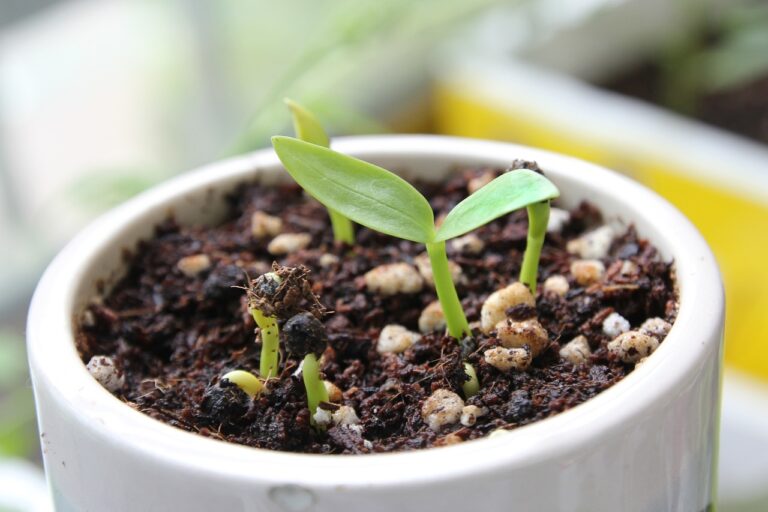The future of polling: Innovations and challenges
Polling methods have undergone substantial changes over the years in response to shifting demographics, advances in technology, and the need for greater accuracy. Traditional methods like face-to-face interviews and phone surveys have been supplemented with online surveys and automated calling systems to reach a wider audience and improve response rates. These new approaches have allowed pollsters to collect data more efficiently and analyze results in real-time, providing a more up-to-date picture of public opinion.
In addition to diversifying data collection methods, pollsters have also refined their sampling techniques to better reflect the diversity of the population. Random sampling has given way to more nuanced approaches like quota sampling and stratified sampling, which help ensure that different demographic groups are adequately represented in the results. By continually adapting their methods to account for changing social dynamics and technological advancements, pollsters are better equipped to produce reliable and insightful data for decision-makers and the public alike.
The Impact of Technology on Polling Accuracy
Technology has significantly transformed the landscape of polling accuracy in recent years. The emergence of online surveys and automated polling systems has provided a more efficient and cost-effective way to collect data. These technological advancements have allowed polling organizations to reach a wider and more diverse audience, resulting in more representative samples and consequently, more accurate results.
Moreover, the integration of big data analytics and machine learning algorithms has enhanced the accuracy of predicting voter behavior and opinions. By analyzing vast amounts of data in real-time, pollsters can now identify trends and patterns that were previously overlooked. This has not only improved the precision of polling results but has also enabled a deeper understanding of the factors influencing public opinion.
• Online surveys and automated polling systems have made data collection more efficient and cost-effective.
• Technology has enabled polling organizations to reach a wider and more diverse audience, leading to more representative samples.
• Big data analytics and machine learning algorithms have enhanced the accuracy of predicting voter behavior and opinions.
• Real-time analysis of vast amounts of data allows pollsters to identify trends and patterns that were previously overlooked.
Challenges in Polling Data Collection
Polling data collection faces numerous challenges in the modern era. With the rise of caller ID and spam blockers, reaching potential survey participants has become increasingly difficult. As a result, response rates have been on a steady decline, impacting the representativeness of the data collected. Additionally, the prevalence of robocalls has led to a general distrust of unknown phone numbers, further complicating the process of engaging with survey respondents.
Moreover, the shift towards online surveys has introduced new challenges in ensuring the accuracy and reliability of the data collected. With the proliferation of fake accounts and bots online, pollsters must implement robust verification measures to prevent fraudulent responses. Furthermore, factors such as survey fatigue and respondent biases can also skew the results, making it crucial for pollsters to employ diverse and innovative data collection methods to overcome these challenges.
What are some common challenges in polling data collection?
Some common challenges in polling data collection include sample bias, response rate issues, question wording effects, and the impact of technology on reaching a diverse population.
How has technology impacted polling accuracy?
Technology has both positively and negatively impacted polling accuracy. While it has allowed for more efficient data collection methods, it has also introduced new challenges such as reaching a representative sample of the population.
How have polling methods evolved over time?
Polling methods have evolved from traditional face-to-face interviews and telephone surveys to online surveys and automated phone calls. These changes have been driven by advancements in technology and shifts in how people prefer to communicate.
How can organizations overcome challenges in polling data collection?
Organizations can overcome challenges in polling data collection by carefully designing surveys, using multiple modes of data collection, and continuously monitoring and adjusting their methods to ensure they are reaching a representative sample of the population.







